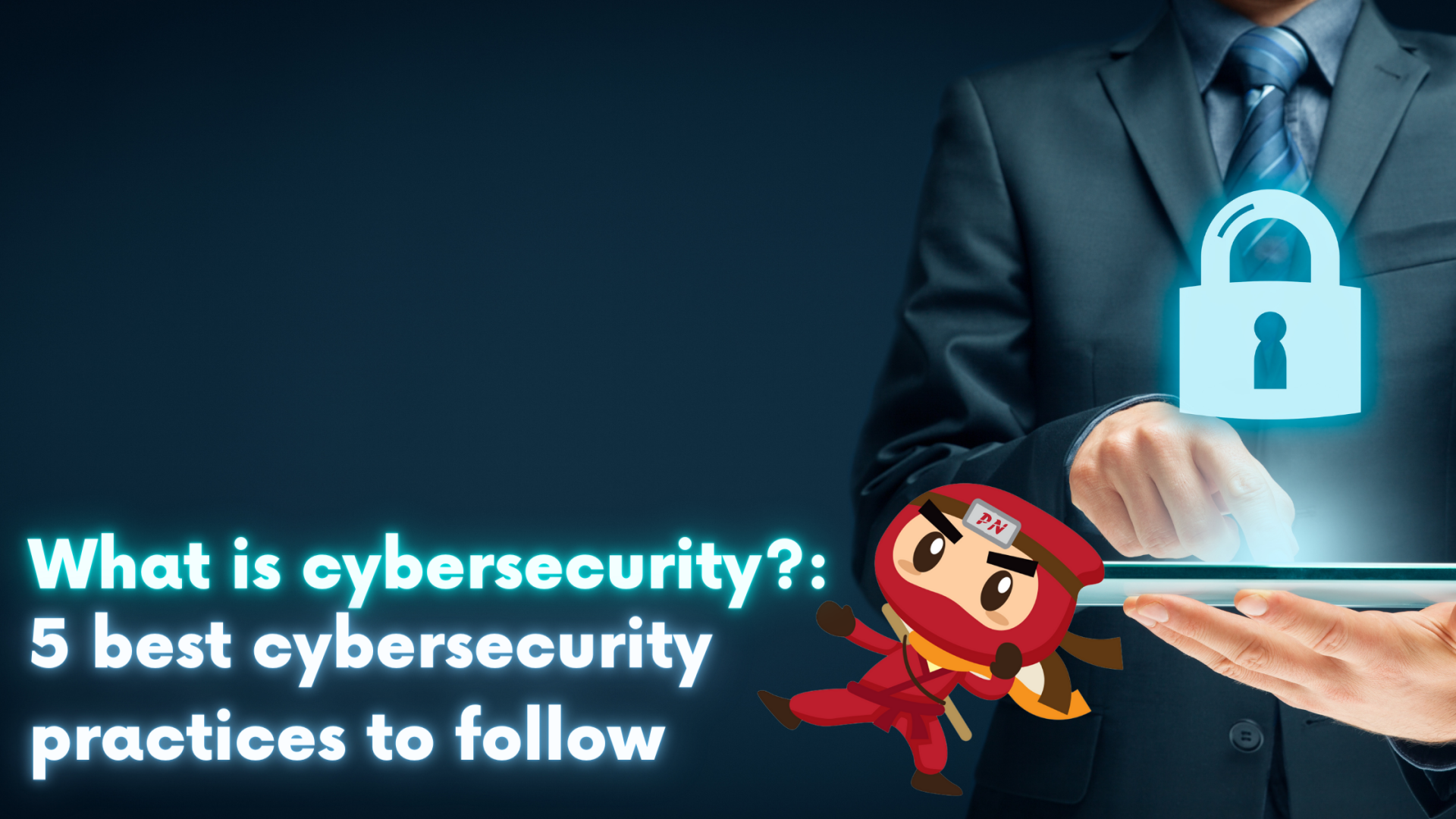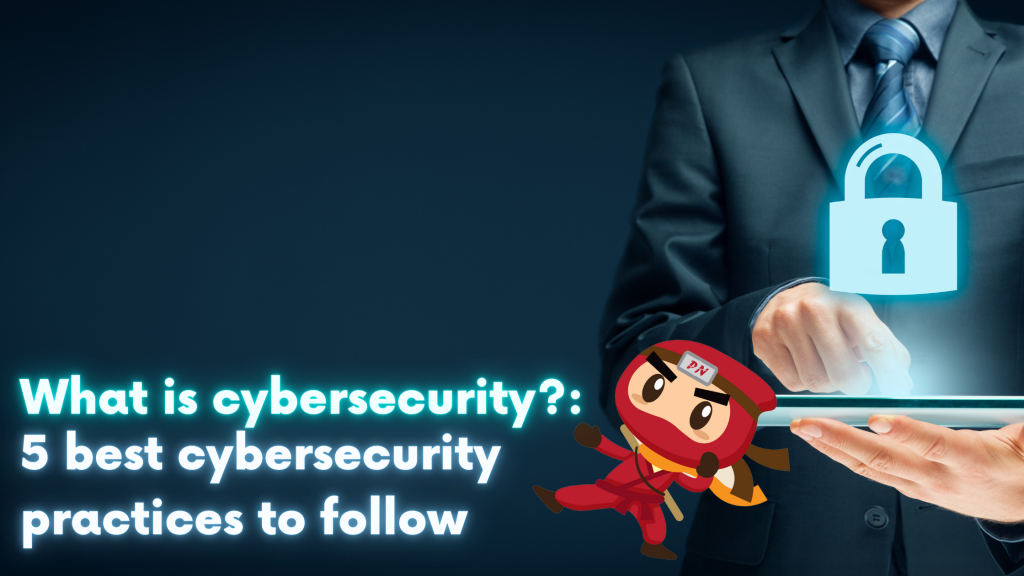KEEP IN TOUCH
Subscribe to our mailing list to get free tips on Data Protection and Cybersecurity updates weekly!







Cybersecurity is the practice of protecting networks, programs, and systems from any cyberattacks that aim to alter, destroy, or access confidential and sensitive information, interrupt normal business operations, or extort money from unsuspecting victims.
With innovations that cybercriminals are promptly implementing to their attack tactics, implementing effective cybersecurity measures is becoming challenging nowadays as there are more devices than people, and more people are not aware of safety cybersecurity practices, to begin with.
It’s all about protection from unauthorized access from bad actors. There must be multiple layers of protection spread across the data that one intends to keep safe, the computers, networks, and programs, to declare a successful cybersecurity approach.
Within an organization, the technology, the processes, and most significantly, the people must complement each other to create an efficient and effective defense against cyberattacks.
People
The users must comply and understand cybersecurity and its principles, such as not clicking any random file attachments from emails, choosing a strong password, and consistently backing up data.
Processes
What is cybersecurity? It highlights the processes or the things to do when an attempt or an actual cyber-attack is present in your system. With the advancements of technology and methodologies in cyber-attacks, a company, no matter how vast, can still be prone to infiltration.
An organization must have a framework that could guide them to spot potential cyberattack initiations, prevent them from progressing further, respond to these threats, and recover from them.
Technology
Technology is necessary for giving organizations and individuals the computer security tools needed to protect themselves from cyber-attacks. Three main entities must be protected: endpoint devices like computers, smart devices, routers; networks; and the cloud.
Common technologies used to protect these entities include next-generation firewalls, malware protection, DNS filtering, antivirus software, and email security solutions.
Also Read: Considering Enterprise Risk Management Certification Singapore? Here Are 7 Best Outcomes

In today’s day and age, an advanced cyber-defense is a must. At the individual level, identity theft, extortion, and data loss can be prevented with a robust cybersecurity measure.
On a broader level, these cybersecurity measures are essential to the function of society as critical infrastructures such as power plants, hospitals, and financial service companies rely on them.
Everyone benefits from what’s behind cybersecurity, especially organizations that could face a hefty fine imposed by the PDPC for a probable violation of the PDPA.
Phishing is a method criminals use to fraudulently obtain your private personal data and/or banking information. This may include a wide variety of ways depending on the scheme launched by the perpetrators.
Essentially, they disguise themselves as legitimate individuals who offer you a promo, product, or service through email, instant messaging, and other online correspondence.
Once they obtain your private information, the cybercriminals will use it to access your online profiles to perpetuate further fraudulent acts, or worse, drain your financial channels.
Social Engineering is defined as the “psychological manipulation of people into performing actions or divulging confidential information.” It is a mode of manipulation to deceitfully gain access to another’s valuables, whether it be tangible and intangible stuff.
In the context of cybersecurity, social engineering can be defined as an attack vector that relies on human interaction and often involves manipulating an individual into breaking cybersecurity procedures to gain unauthorized access to systems, networks, or private personal data.
Ransomware is a variation of malware (malicious software) that encrypts files and documents. It can infect a single unit of a computer or even an entire network, including a company’s servers. From the word itself, the perpetrator demands a ransom from the victim in exchange for a “decryption key” to regain access.
Malware is a type of software used to gain access to a system or a computer or simply damage it.
These are some of the best practices every organization and individual should follow to prevent the infestation of any possible cyber-attack
Also Read: 3 Reasons Why You Must Take A PDPA Singapore Course